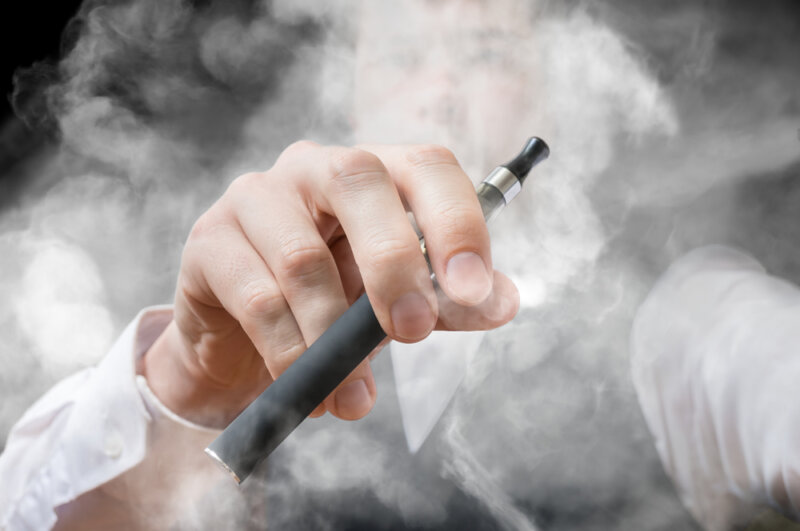20 minutes after your final cigarette your heart rate will begin to drop down to a normal rate.
2 hours after you have quit your blood pressure will return to a normal rate, your blood circulation will begin to improve and the tips of your fingers and toes will begin to feel normal again. This is also about the time when nicotine withdrawals will kick in. Often these feelings including intense cravings, anxiety and tension and an increased appetite.
After 12 hours of quitting the carbon monoxide in your body decreases to lower levels. Whilst smoking Carbon Monoxide bonds to your blood restricting the amount of oxygen which flows through your blood which can lead to heart and health problems. After 12 hours your oxygen levels in the blood improve to normal levels.
24 hours after quitting the risk of coronary artery disease will begin to reduce. Risk of coronary disease is 70% higher than it is for non-smokers. Your risk of having a heart attack also reduces.
After 48 hours your nerve endings will begin to regrow meaning your ability to smell and taste will also improve. The smell of coffee or the taste of a biscuit will be enhanced to a normal level, which as a smoker you will not have experienced for some time.
3 days after you’ve quit, nicotine will be completely out of your body. Symptoms of nicotine withdrawal may reach its highest point at this stage. You may experience physical and emotional symptoms during withdrawal such as headaches, nausea, cramps and excessive sweating.
After three weeks your abilities to perform and exercise without feeling out of breath will be enhanced. Stopping smoking for a couple of weeks gives your body the chance to regenerate and heal. Your blood circulation and heart functions will improve significantly as your lungs begin to clear allowing you to breath easily again. This is usually the period it takes for cravings to dissipate.
After a month without cigarettes the cilia inside your lungs will begin to repair. These tiny, hair like structures are essential in fighting off infection and allow the lungs to remain clear. With lungs that function correctly, the coughing and shortening of breath will increase.
After a year without cigarettes your risk of heart disease in halved to that of a smoker. After 5 to 15 years of not smoking, the risk of having a stroke is the same as that as a non-smoker. This is due to the thinning of blood vessels which narrow as a reaction to the toxic substances in cigarettes.
10 years after quitting your risk of dying from lung cancer drops by half that of a smoker. This also includes a large list of other cancers including throat, kidney, pancreatic and oral cancer.
15 Years after quitting, your risk of heart disease will have been reduced to that of a non-smoker. Risks of developing symptoms such as arrhythmia will also be reduced to normal levels.








